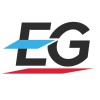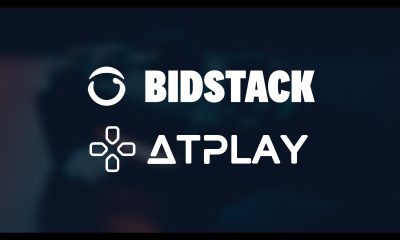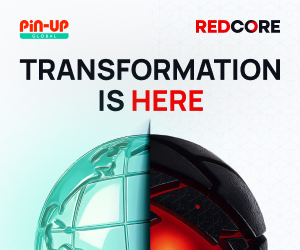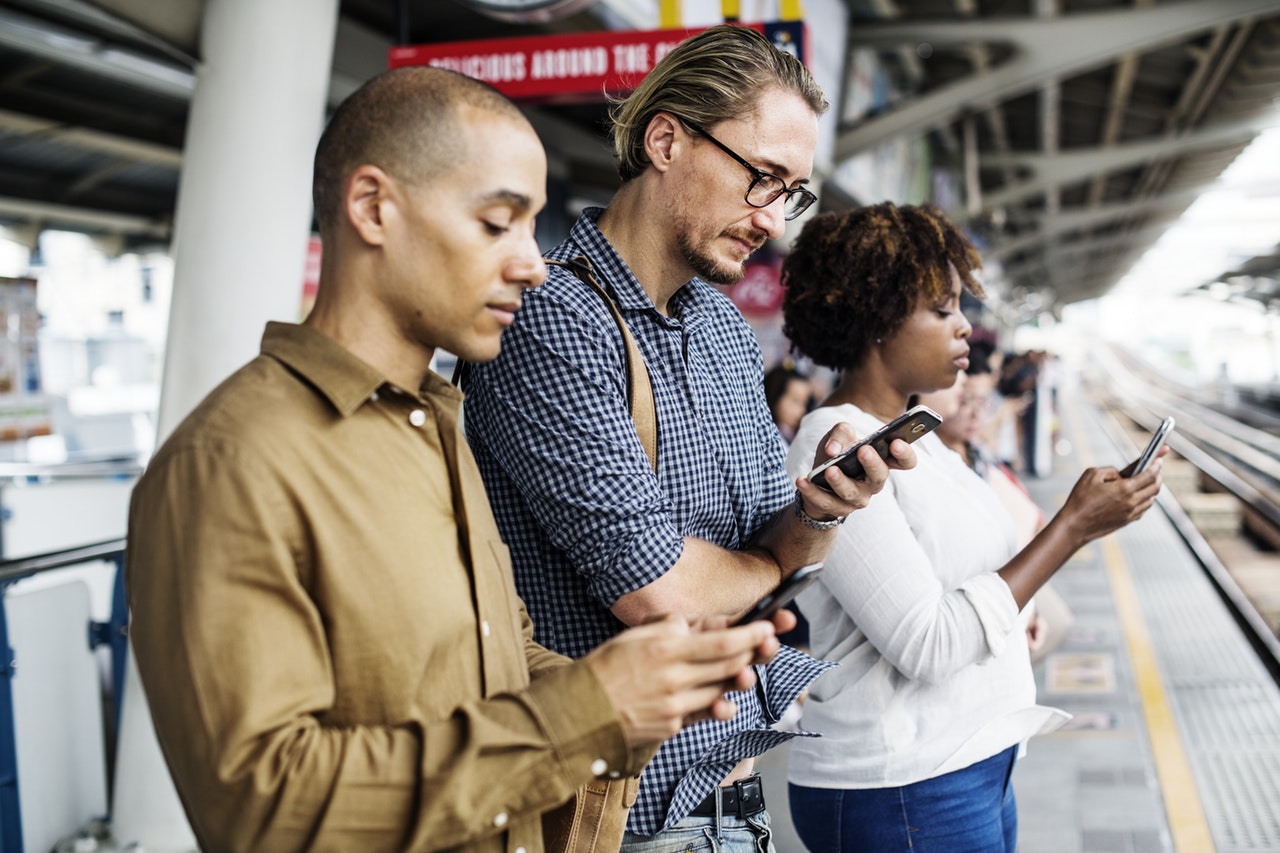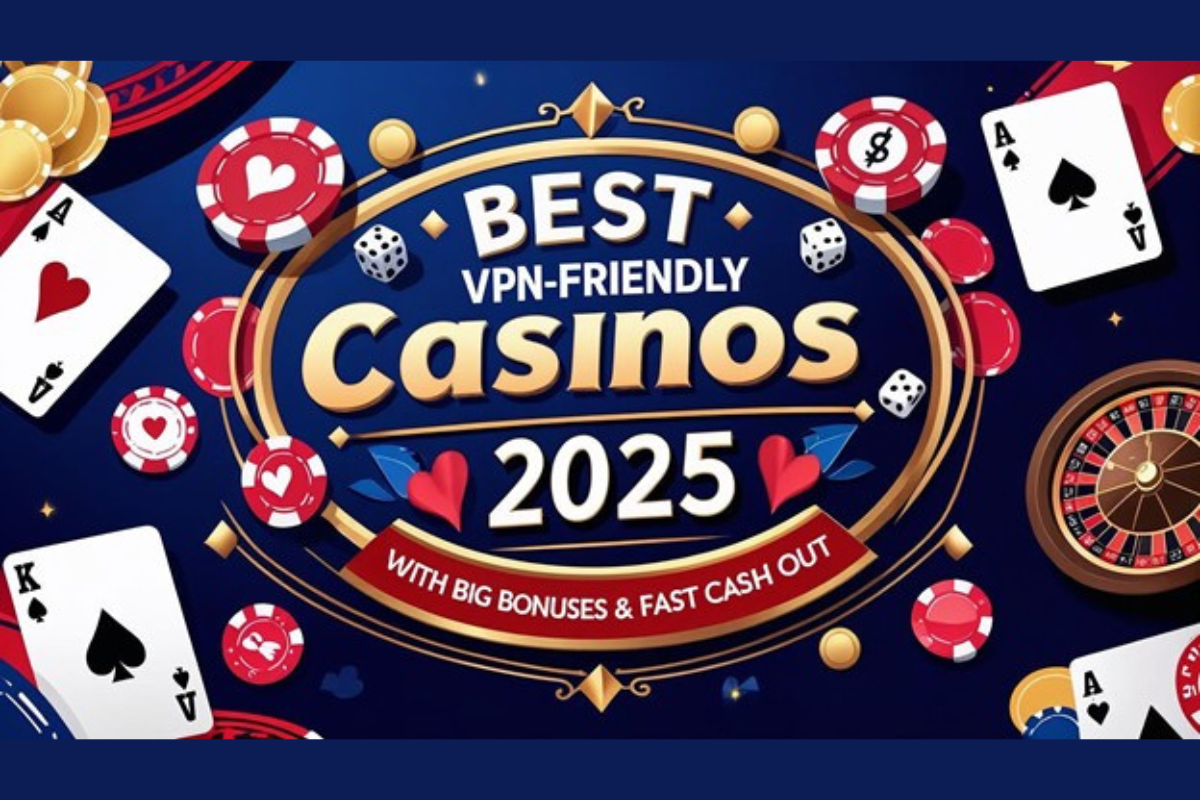Gaming
How Fashion Wove a Successful Blueprint for In-Game Advertising
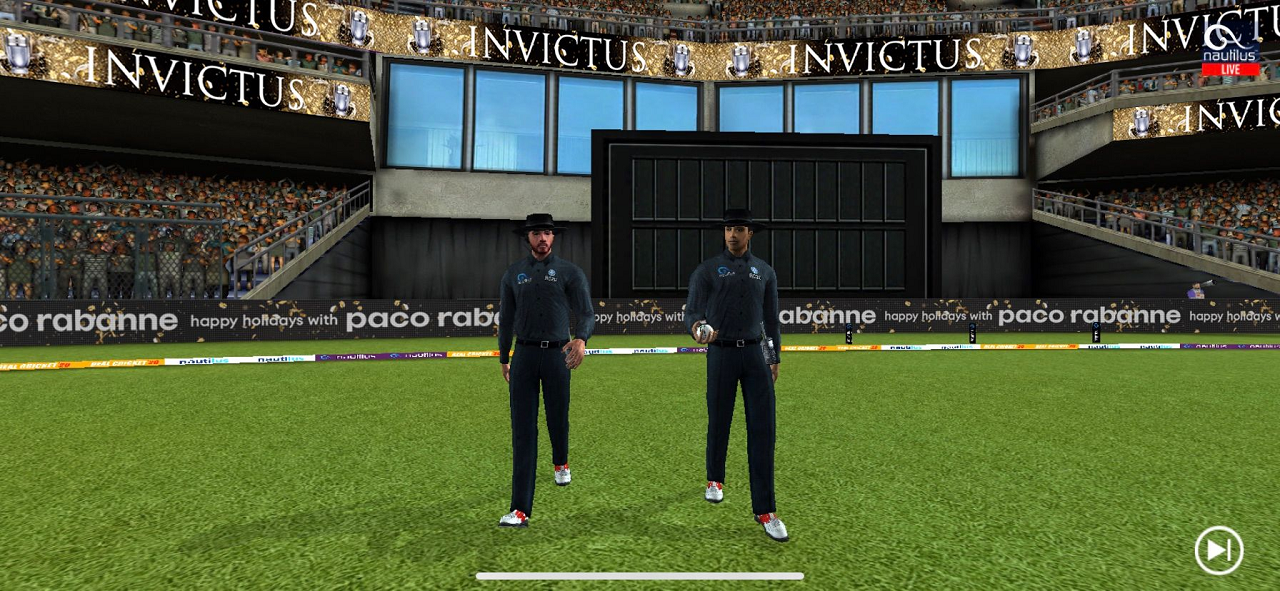
By Lisa Hau, COO of Bidstack
With 60 percent of retail transactions now taking place online (compared to around 10 percent as recently as last year) the “retail apocalypse” that many skeptics never thought possible is now a reality. This is not just an e-commerce wave — people are choosing to shop differently now and all signs indicate this behaviour shift is permanent.
This is fundamentally changing how luxury, retailers and CPG brands reach consumers. Out-of-home advertising is being replaced with “shoppable media” advertising via social media, display, and more, with media spends expected to increase exponentially.
But for creative and innovative retail brands that want to stand out, there is an option that connects them with new and existing generations of engaged consumers — in-game advertising. Despite the impact of the pandemic on many industries, the gaming industry has reversed declining trajectories and came out as one of the strongest industries in 2020. With the introduction of two next-generation consoles as well as major M&A consolidation activity involving Bethesda and Codemasters (US$8.5B in M&A spend), in-game advertising is fast emerging as a lucrative medium for brands to adopt. Of the in-game advertising early adopters, one sector, in particular, has captured the essence of doing it well and provided a blueprint for others: fashion.
Luxury brands such as Burberry and Gucci have recognized the cultural significance and the mass appeal of gaming, and have embarked on multichannel gaming campaigns that have gamers spending frequently on physical and digital products, indulging in branded experiences within games, and clamoring after the products on display from the industry’s most-watched influencers.
Adidas partnered with Tyler Blevins, better known online as Ninja, who has nearly 21 million followers across social media platforms, and 22.3 million YouTube subscribers that tune in to watch him play. While he is at the top of the gaming influencer food chain, Twitch, which clocks monthly users at 140 million, has a bevy of game-playing stars likely to partner with brands that want to celebrate and invest in creators and their audiences. The second screen audience has proven their loyalty results in a purchasing power retail product brands can’t afford to lose out on over the next several years. Dressing, feeding, and accessorizing these powerful online players is a multi-layered marketing approach, which fashion has already shown is a powerful sales and branding strategy.
Influencers are just one piece of the multichannel experience fashion has practically perfected within in-game advertising. Louis Vuitton was at the forefront of real-world and in-game campaigns when they signed a two-year deal with the popular online game League of Legends (LoL), where they created in-game skins for player avatars, as well as a ready-to-wear collection and trophy travel case for the LoL Championship in Paris. Vuitton didn’t stop there; their Final Fantasy 13 heroine was so popular that she became a full-time digital model for the brand, bringing the advertising investment in the campaign full circle and fostering long-term relationships with the game’s most loyal audiences.
Further illustrating the increasingly symbiotic relationship between fashion and gaming, Balenciaga released its Fall 2021 collection in the form of an original video game – “Afterworld: The Age of Tomorrow.” Allowing the player to walk through the game filled with characters in Balenciaga wear, the environment is almost Cyberpunk 2077-esque – opening the world of fashion to gamers, and the world of gaming to fashionistas. British luxury fashion house, Burberry, has also adopted an interactive approach by showcasing its Spring 2021 collection by partnering with Twitch. The engagement led to 40,000 concurrent viewers, providing the brand access to a gaming demographic that is heavily invested in fashion, both virtually and in real-life.
Fashion has also encouraged gender parity in gaming, which has traditionally been a masculine pursuit up until now. The Far East represents an interesting case study, where women account for 71 percent of China’s luxury spending. What is interesting is females also comprise 58 percent of the country’s total gaming population – a whopping 280 million gamers. With the Chinese female millennial spending an average of US$5,000 annually on luxury goods and a serviceable available market (SAM) of US$1.4 trillion, it comes as no surprise to see fashion brands prioritising gaming as a way to capture market share.
In-game advertising has a surprisingly low barrier-to-entry. For example, brands are incorporated into the environments of certain games that mimic real-world advertising slots such as billboards, race car skins, or football jersey “sponsorships.” Bidstack’s work with Burberry in Ubisoft’s AAA free-to-play battle royale game Hyper Scape is a high impact illustration of how the open world genre lends itself to in-game advertising.
However, fashion offers some of the most compelling use cases of how complex and pleasing the visual creativity of integrating a product into a gaming experience can be as reflected in the success of DREST, which has reimagined the shopping experience. One of the biggest appeals of video games to gamers is the endless possibility to customise, and fashion brands were quite possibly the best to capitalise on the appetite of gamers to differentiate themselves, none other than in-game itself.
Fashion brands took a leap on this new medium, but did so by deeply understanding the relationship between players and games, respecting the escapism of the gaming experience, and seizing the opportunity to build creative activations for players, including their professional gaming heroes. Fashion has shown that the world of retail products and the experience of gaming can have a symbiotic relationship that deeply entertains and benefits the end consumer, as well as the brand itself.
About Lisa Hau:
Lisa joined Bidstack in May 2020 with 15 years experience most recently at WPP a FTSE 100 where she led investor relations and Jefferies where she was an equity analyst heading up coverage for European Media and Internet. Lisa oversees the day to day operations for Bidstack and works closely with the management team on strategy, corporate and business development. Lisa graduated from the University of Technology, Sydney in 2006 and is a qualified Chartered Accountant.
-
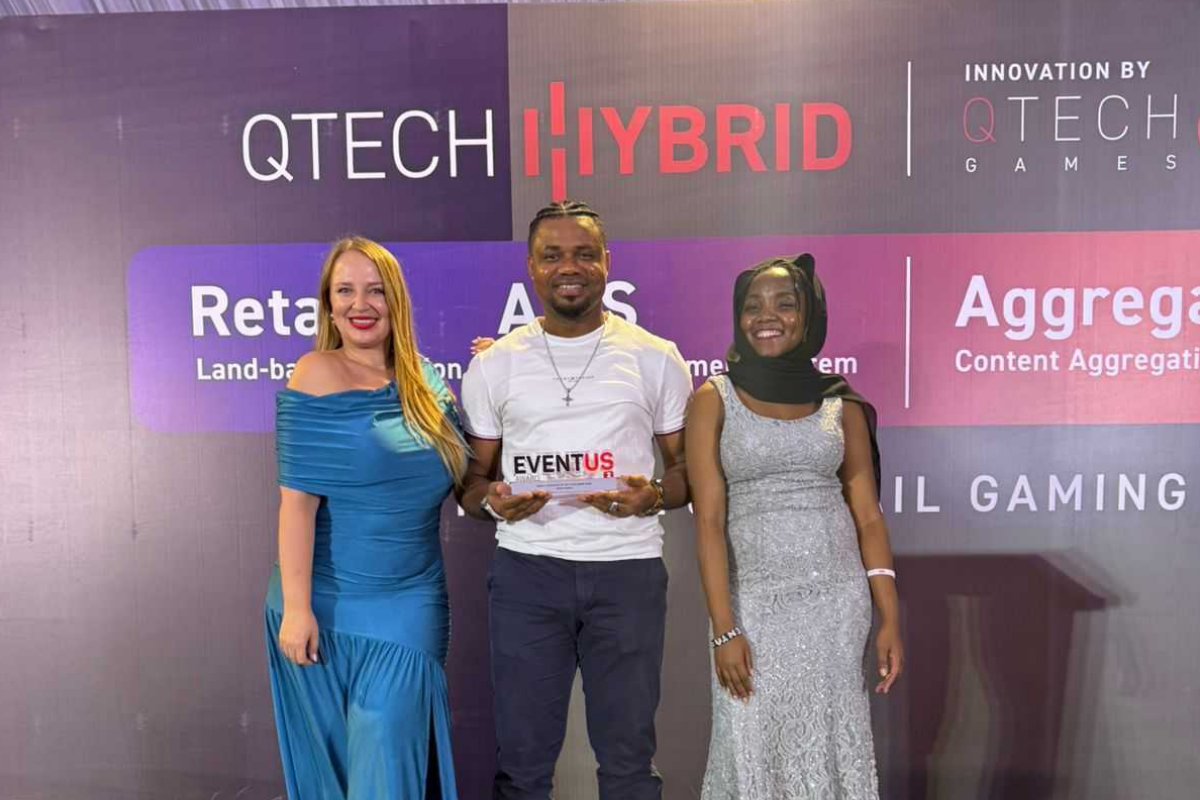
 Africa6 days ago
Africa6 days agoQTech Games wins Best Innovation of the Year at the 2025 SBWA+ Eventus Awards
-
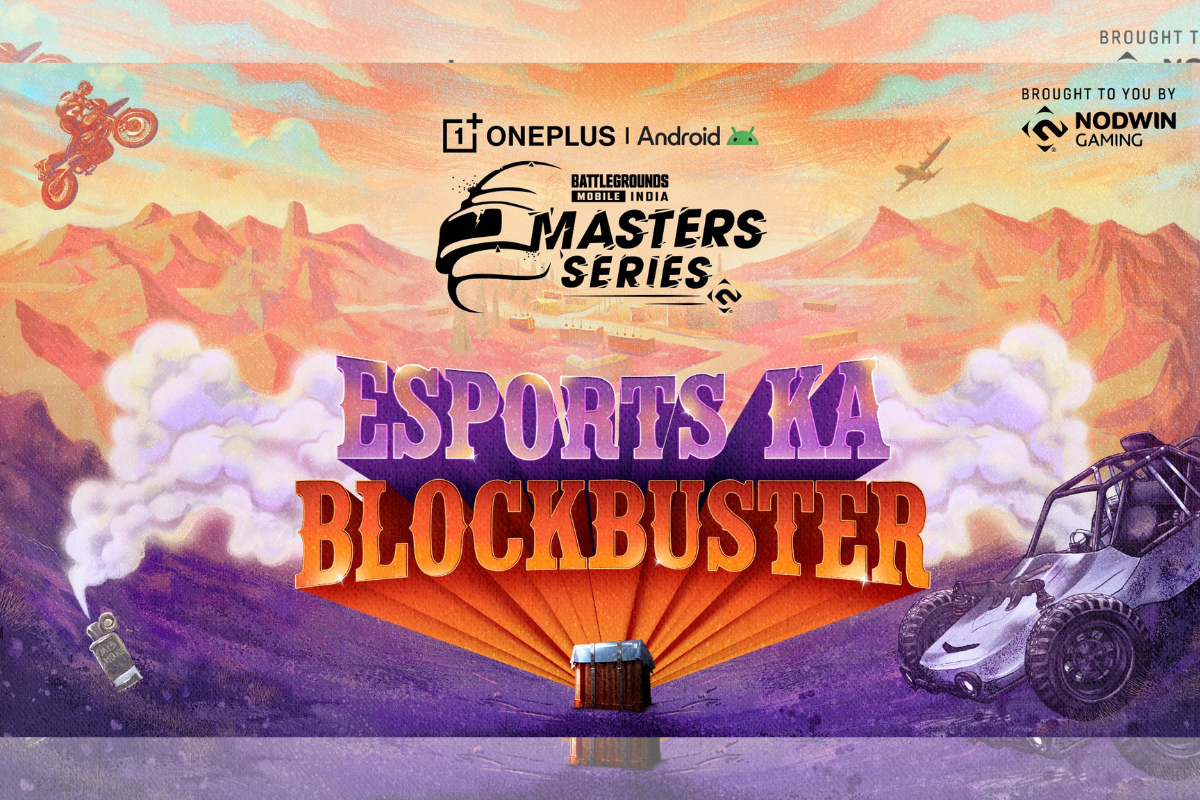
 Asia6 days ago
Asia6 days agoNODWIN Gaming and JioStar Unveil OnePlus Android BGMS Season 4
-
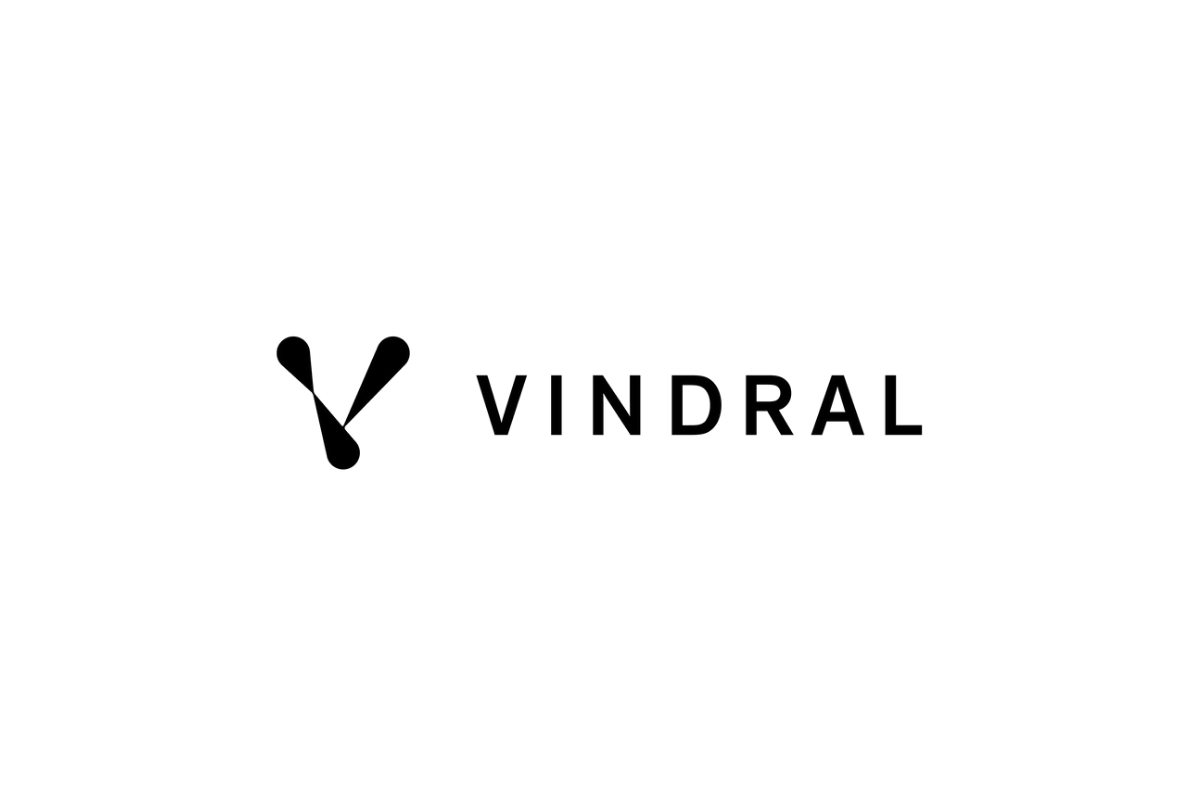
 Latest News6 days ago
Latest News6 days agoVindral appoints Henrik Fagerlund as Chairman of the Board
-
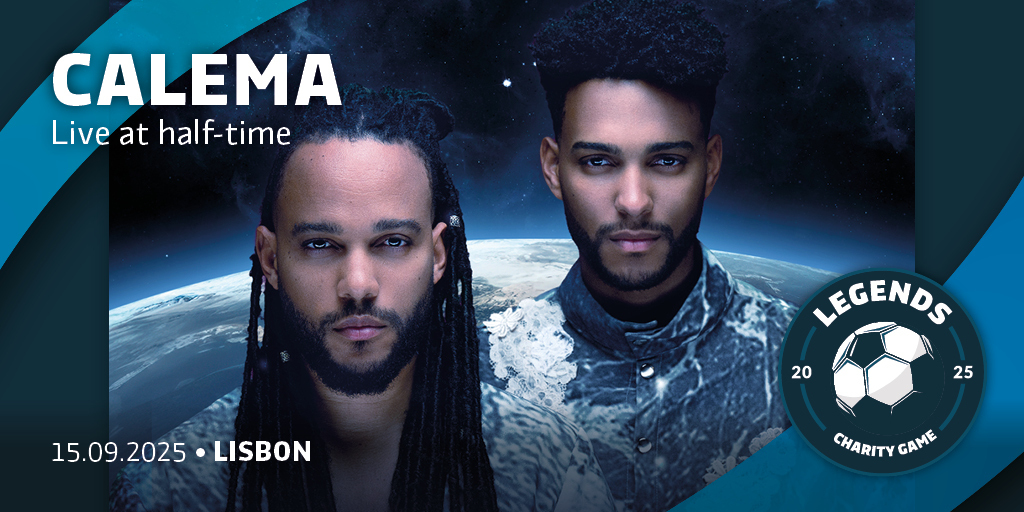
 Latest News6 days ago
Latest News6 days agoCalema to Perform at Legends Charity Game in Lisbon
-

 Conferences in Europe6 days ago
Conferences in Europe6 days agoEGT Digital and EGT to rock the show at SiGMA Euro-Med 2025
-

 Latest News5 days ago
Latest News5 days agoPush Gaming redefines its portfolio, unveiling new game categories and sub-brand for extended player reach
-
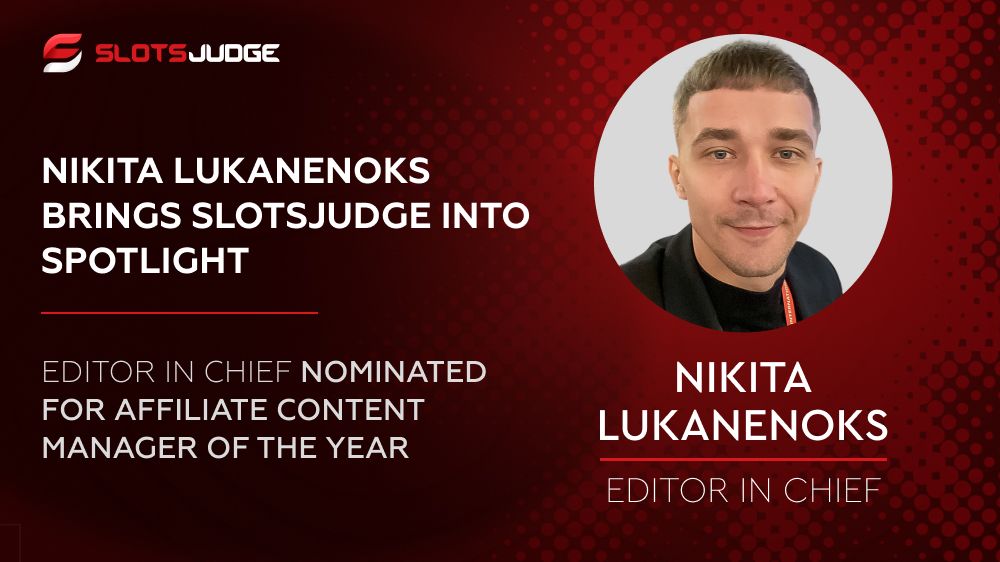
 Affiliate Industry5 days ago
Affiliate Industry5 days agoNikita Lukanenoks Brings Slotsjudge Into Spotlight With Affiliate Leaders Awards 2025 Nomination
-
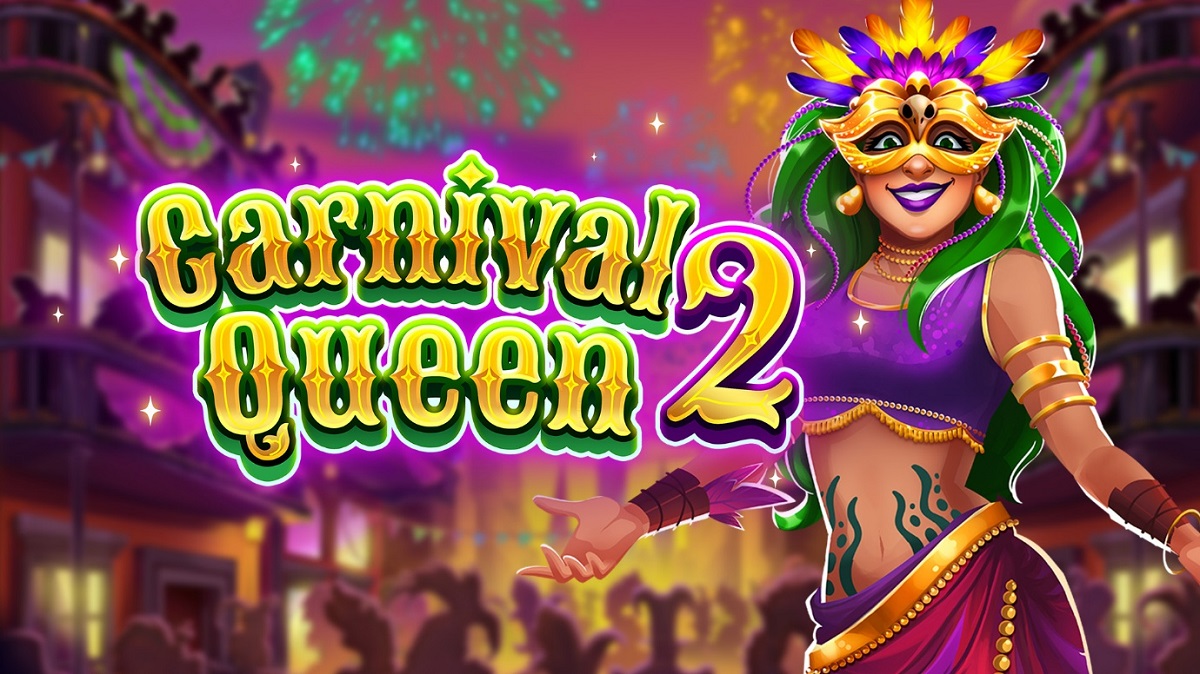
 Latest News6 days ago
Latest News6 days agoThunderkick returns for an even fierier fiesta in Carnival Queen 2
